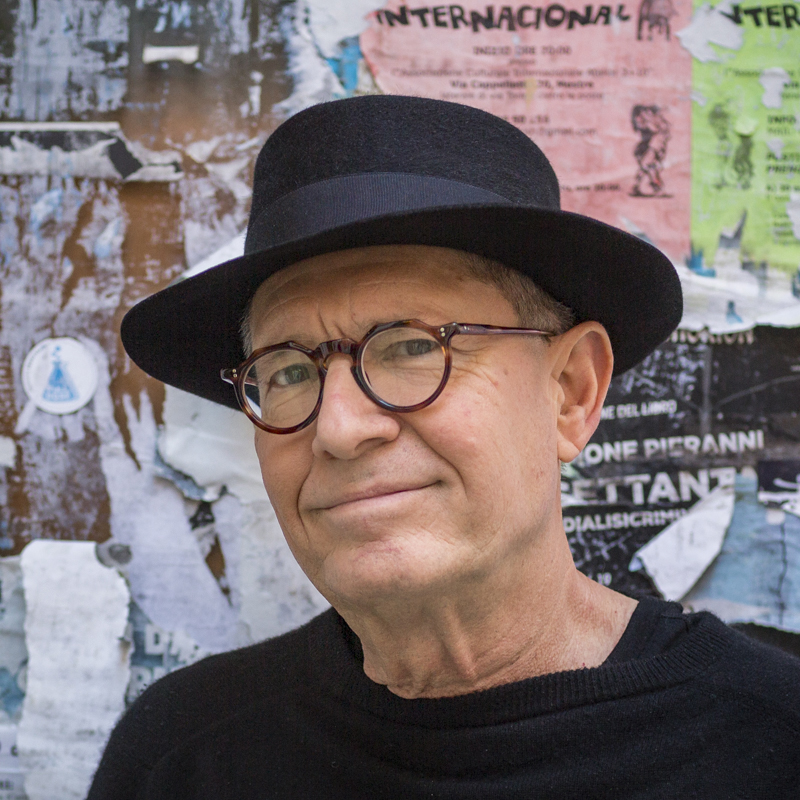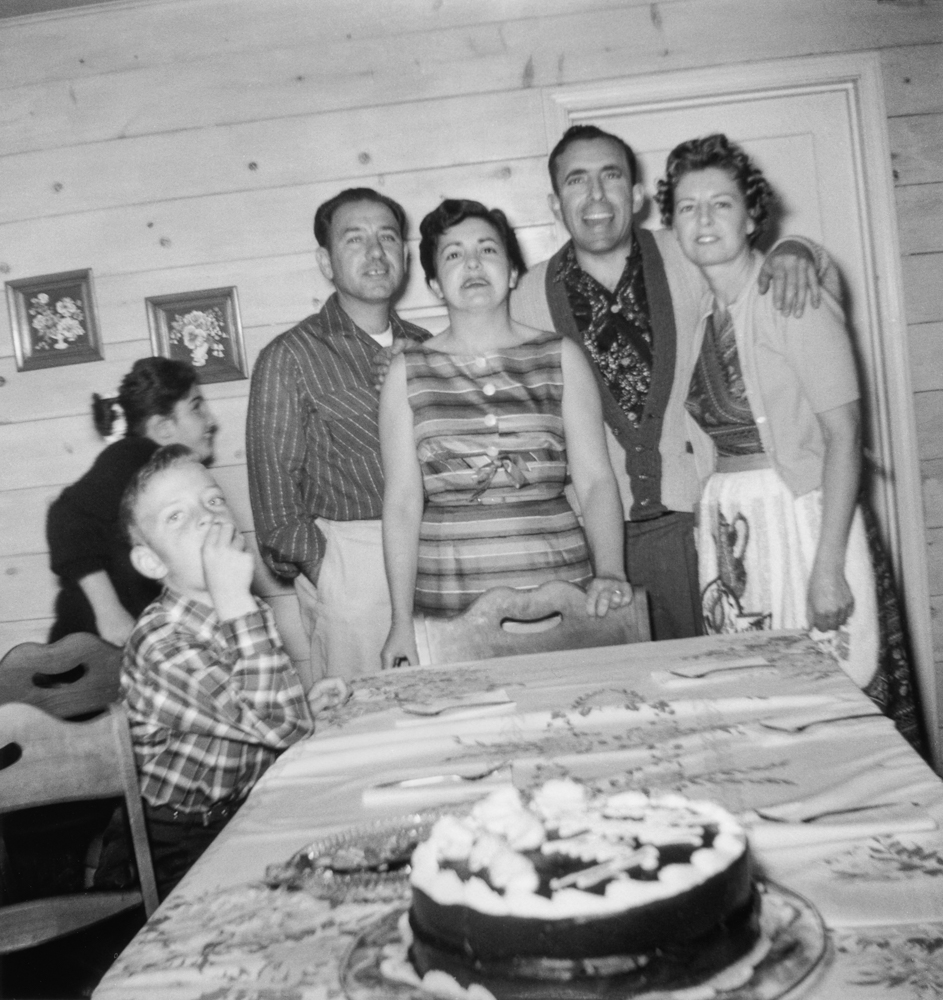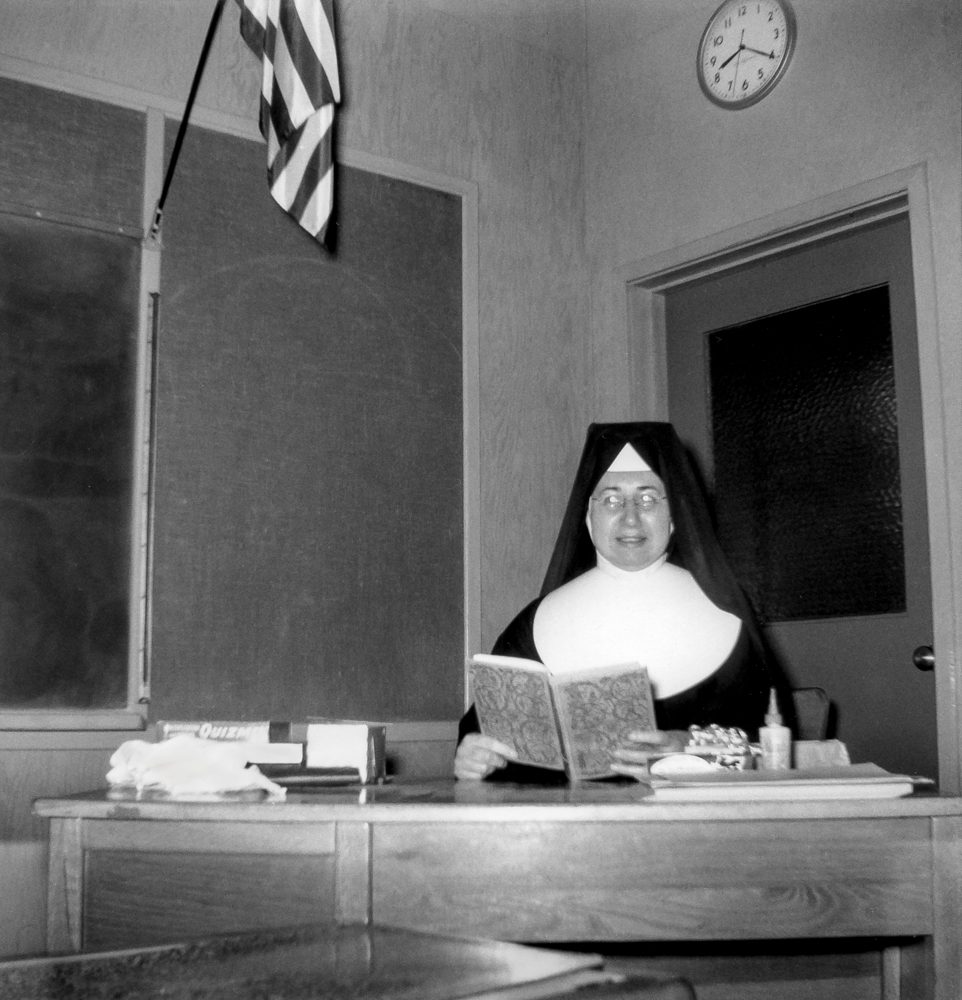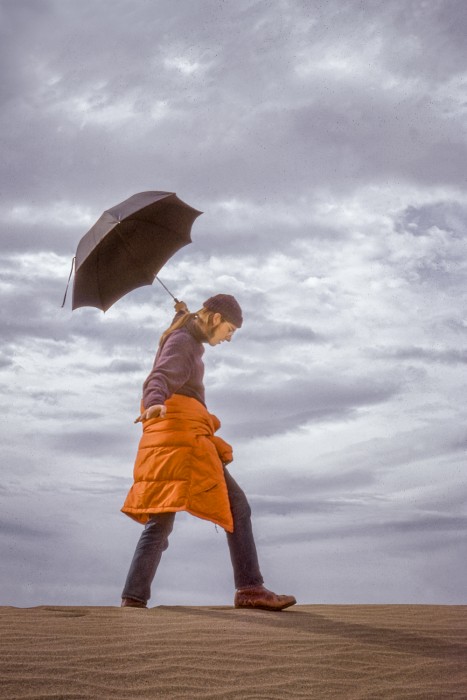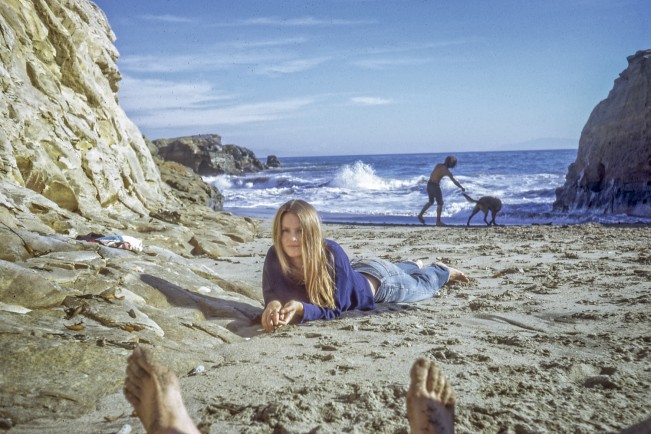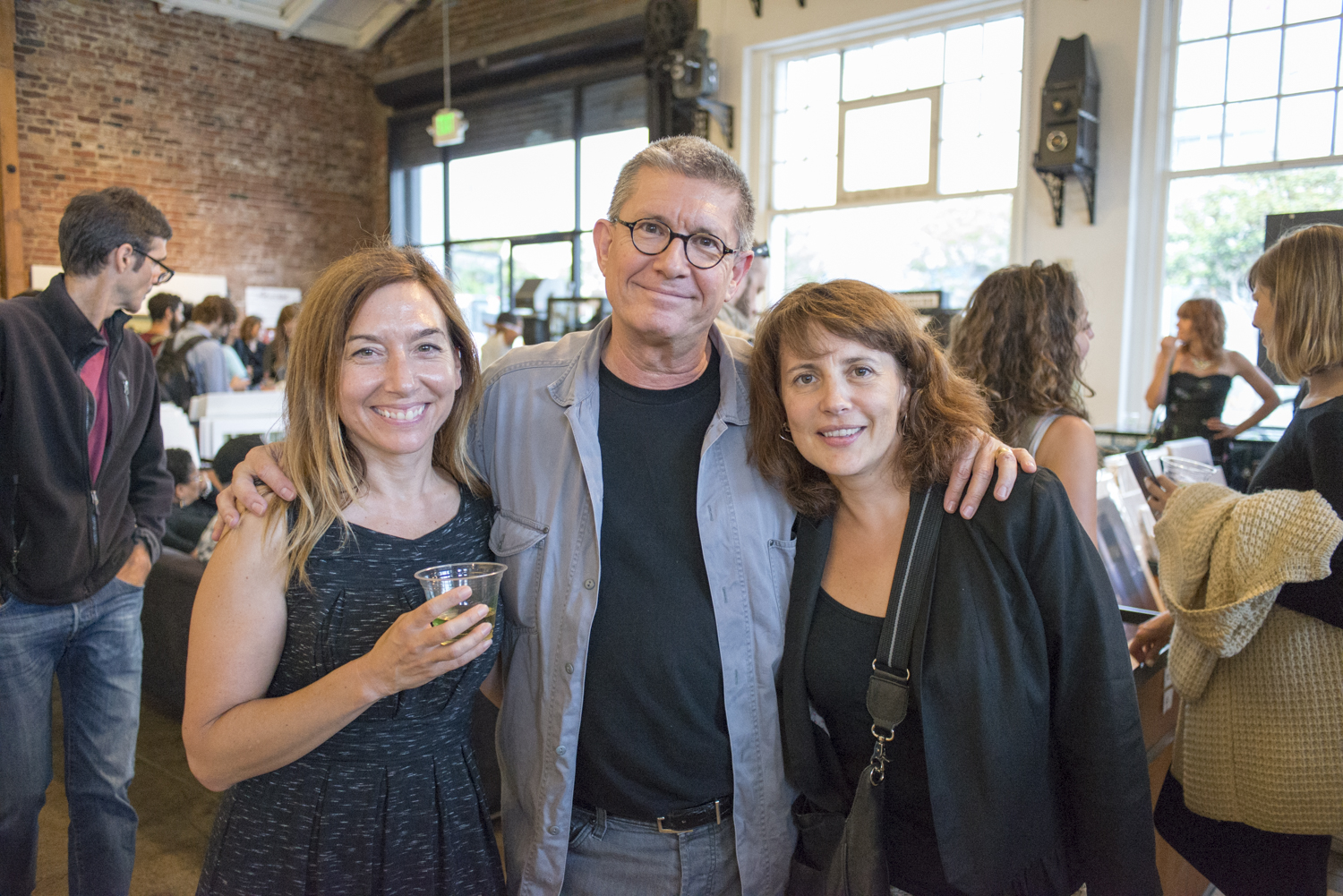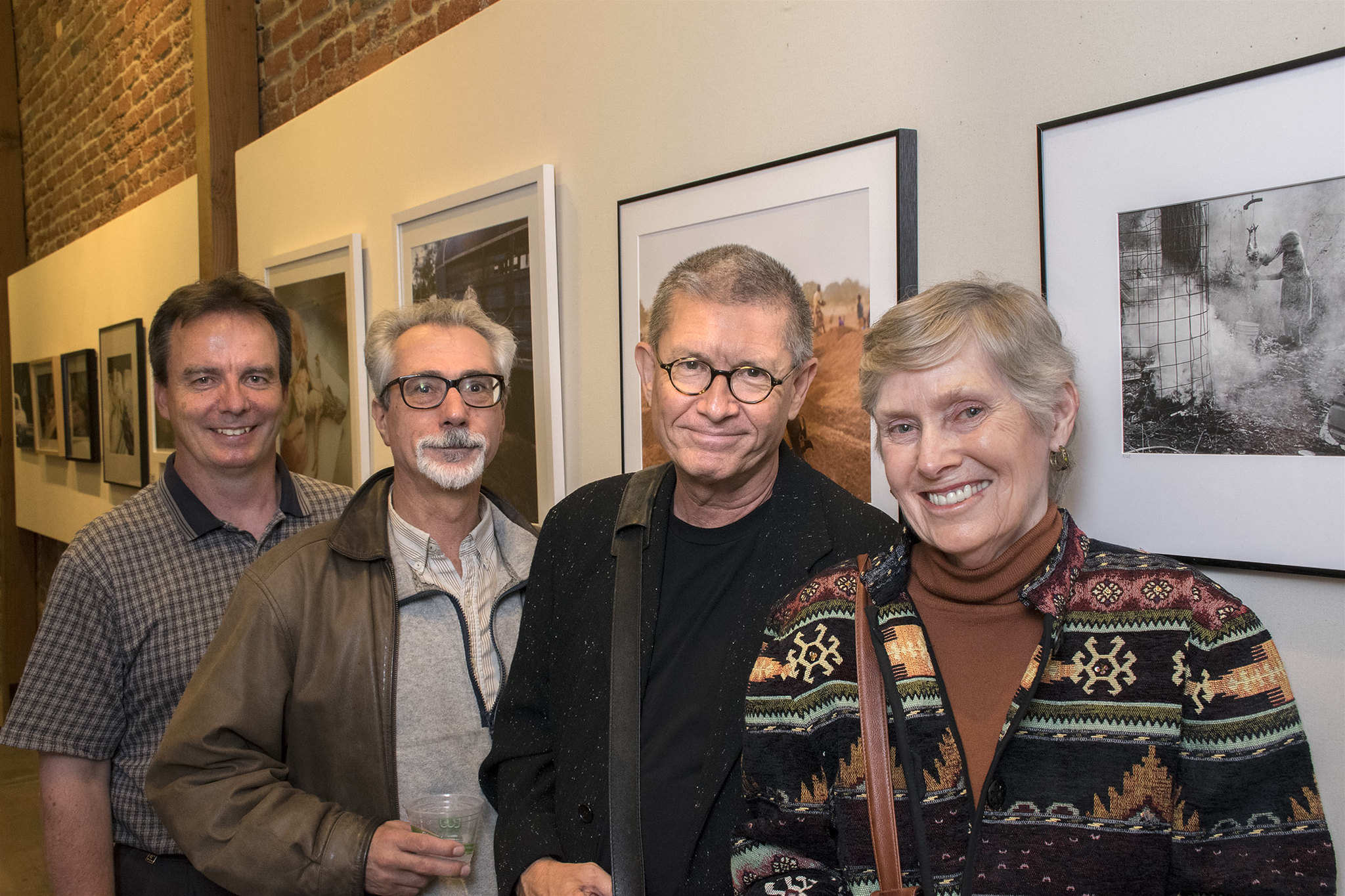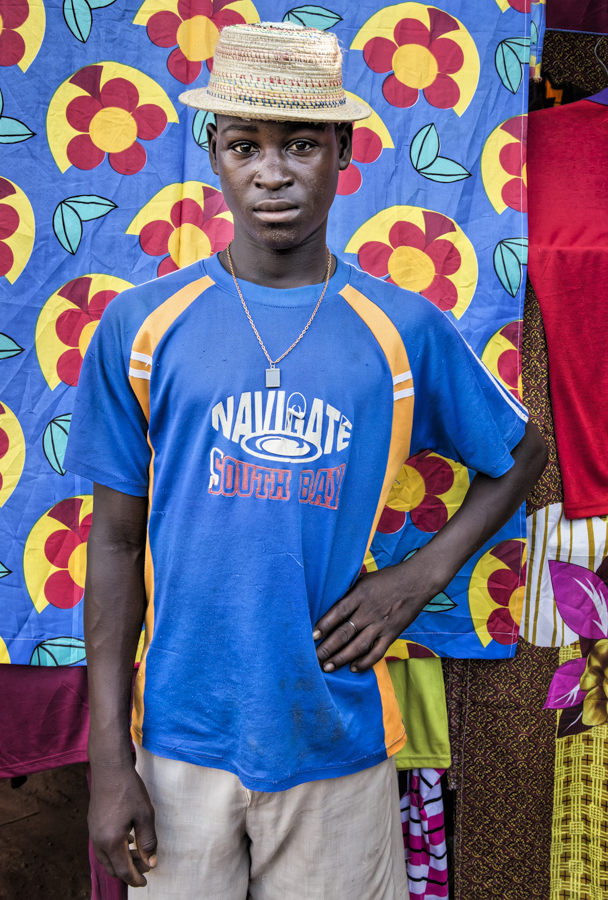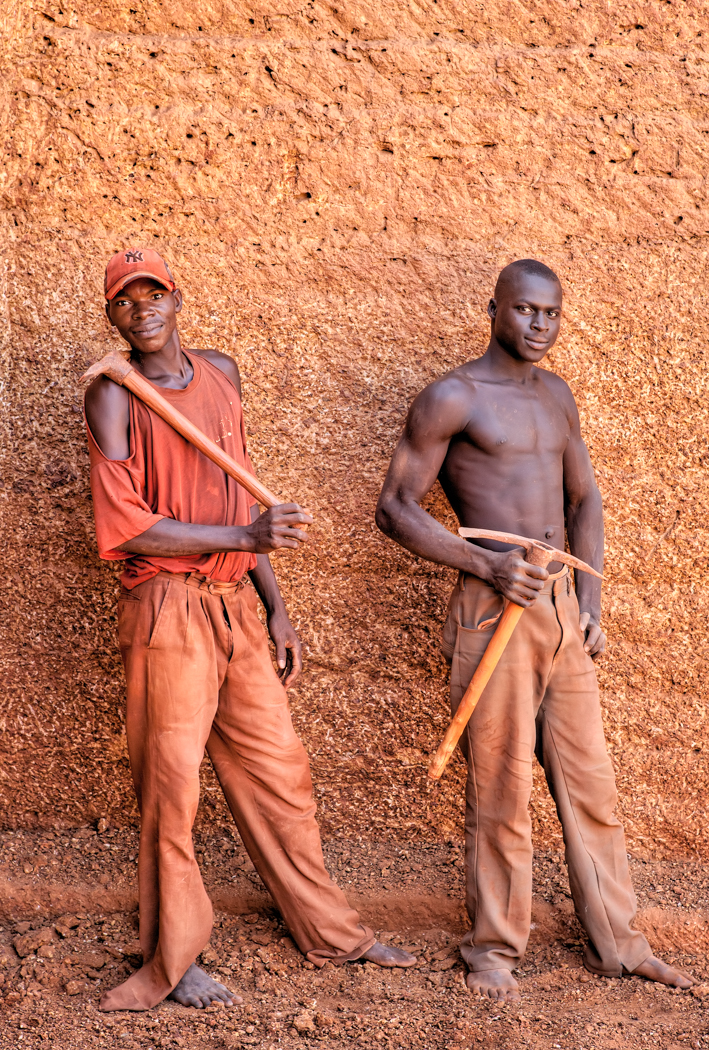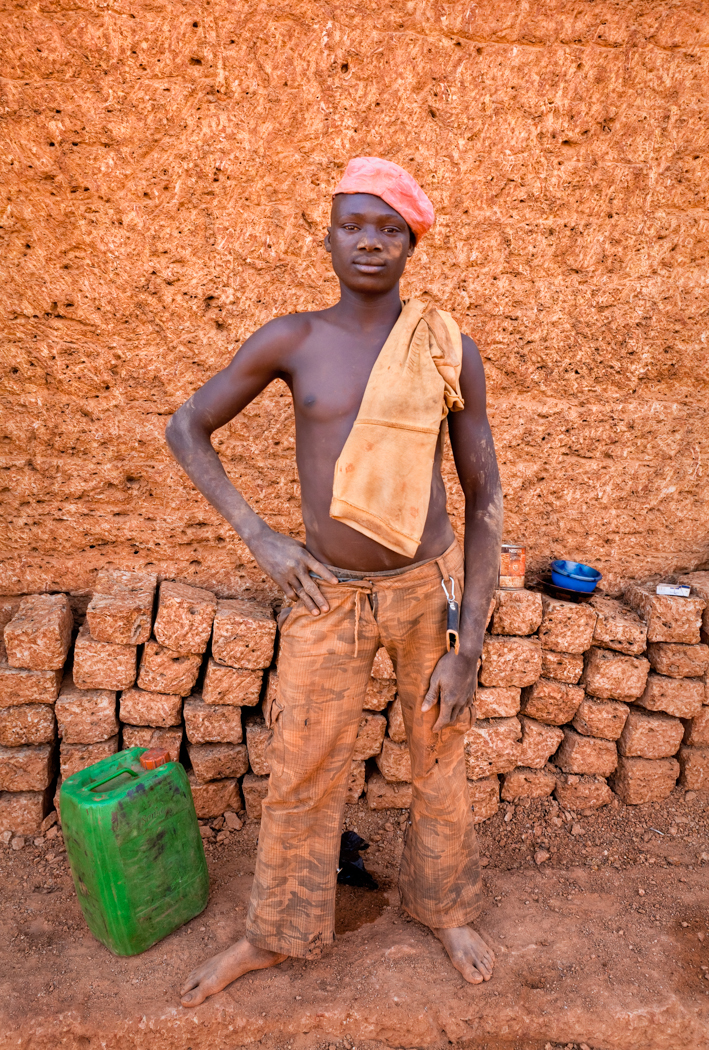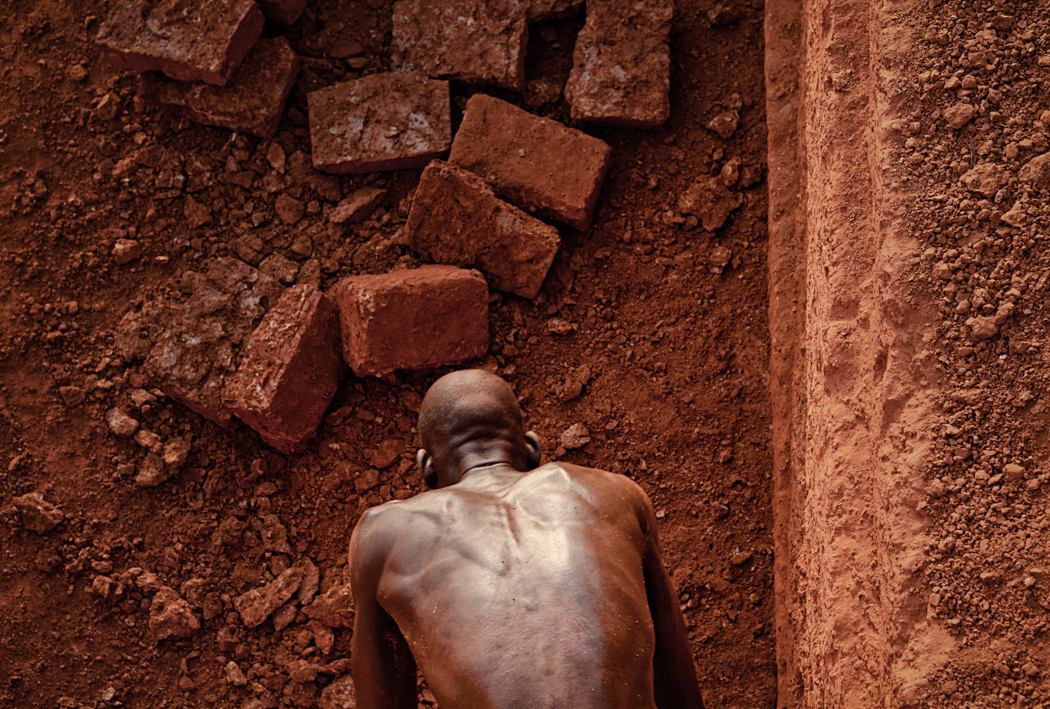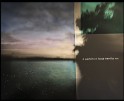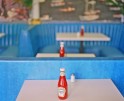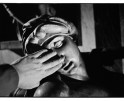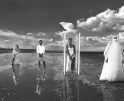David Pace: A life Well Lived
When I heard the news about the passing of photographer David Pace this past fall, I was saddened that our community had lost such a special person and artist. David was a humanist who radiated tremendous warmth, always with a twinkle in his eye and a smile on his face. Born in San Jose and raised by Italian and Portuguese parents among the pear and walnut orchards of 1950s Sunnyvale, David had a strong sense of connection to both family and place. David was greatly loved for his sense of humor, his warmth and enthusiasm, and his enjoyment of the everyday. Today we celebrate his life, with remembrances by friends, colleagues, and family.
For the past several years, David never made his battle with cancer a secret, often sharing his progress on Facebook. So, I was particularly thrilled to see him at Session 1 of FotoFest this past March where he shared his wonderful photographs made when he was 8 years old. I later featured his project, Hawkeye, on Lenscratch. Several years back we featured two of his portrait projects made in Africa.
Always creative and collaborative, David was a musician, photographer, and educator. He wrote music, played guitar and saxophone, and made records during his teens and twenties. Later, after receiving an MA from the University of Chicago and an MFA from San Jose State University, he collaborated with musician and filmmaker Victor Bellomo to create a series of music videos, including the award-winning “Spirit of Gravity,” based on the work of post-modern philosophers. His photographic work included a decade-long project on life in a small village in Burkina Faso which was featured in Venice during the 2019 Biennale. Other noted projects included “Re: Collections,” a series of photographs documenting unusual collections (of plumb bobs, tin cars, insulators, shoes, and art deco irons, for example), and “Early Work,” portraits of his family, friends, and the nuns and priests who were his teachers, taken with the Brownie Hawkeye camera he received for his 8th birthday. With Schilt Publishing in Amsterdam he published two books, “Images in Transition: Wirephotos 1938-1945,” a collaboration with gallerist Stephen Wirtz, and, with his wife Diane Jonte-Pace, “Where the Time Goes” a reflection on youth, aging, love, and change. His Wirephoto work is currently on view at the Griffin Museum in Winchester Massachusetts and at the Schilt Gallery in Amsterdam. His photographs are in a number of museum collections including the Portland Museum, the de Saisset Museum, the Triton Museum, the Crocker Museum, and the San Jose Museum of Art.
David taught at several universities in the Bay Area including Santa Clara University, serving there as a well-loved lecturer in the Department of Art and Art History between 1998 and 2012, and, between 2009 and 2013 as Co-Director of “Reading West Africa,” a study abroad program in Burkina Faso. He was a strong supporter of organizations committed to music, art, culture, and global literacy, serving on the Acquisitions Committee of the San Jose Museum of Art and, for 25 years, on the Board of the San Jose Institute of Contemporary Art.
A memorial exhibition of David’s work hosted by the San Jose Institute of Contemporary Art will be announced at a future date. Contributions in David’s memory may be made to groups he cherished, through the David Pace Legacy Fund of the San Jose Institute of Contemporary Art, the San Jose Museum of Art, the Center for Photographic Art, or the Friends of African Village Libraries.
Diane Jonte-Pace, David’s wife and partner of 48 years:
When David and I met in the early 1970s he was a musician, not a photographer. We were college students at UC Santa Cruz. He played guitar and saxophone; he was a singer and songwriter. His band played regularly throughout the area. I hadn’t intended to break up the group, but when I left Santa Cruz to pursue graduate studies in Zurich and Chicago David followed me, leaving behind his band, but not his guitar. Eventually, during our years together, the camera replaced the guitar as David’s medium for witnessing the world and connecting to community.
Throughout his life David told the stories he knew, either musically or photographically. He found meaningful ways to reflect deeply on his own life and the lives he encountered, and to share those reflections with others. Mary Oliver’s poetry captures his spirit well–
Instructions for living a life:
Pay attention
Be astonished
Tell about it.
Whether David was at home in California with me and our daughters (and later, our grandchildren), traveling in West Africa, El Salvador, or Cuba, or hospitalized for cancer treatments, he paid attention, he was astonished, and he told the story, through photography or through music. His final project was our co-authored book, “Where the Time Goes.” The book is a personal reflection on our story of youth, aging, illness, and family, as well as a commentary on the way our entire generation turned the camera upon itself to document the lives we lived.
Ann Jastrab, Director of the Center for Photographic Arts:
Cathy Kimball, Independent Curator, former Executive Director, San Jose ICA
I met David, and subsequently Diane, more than 20 years ago when he hired me as the Executive Director at the San Jose Institute of Contemporary Art. Despite my pointing out to the hiring committee that I had no experience in nearly each requirement listed on the job description, David assured me that I could do it all. His confidence in my abilities was truly remarkable and continued through my last days at the ICA this summer. He was a mentor, confidante, advocate, partner, generous donor and, most importantly, a dear, dear friend. In those two decades, we not only accomplished a great deal, but we watched each other’s children grow up and move on. We became grandparents together, traveled together, vacationed together, and ate, drank and were very merry together.
My last conversation with David was about 4 weeks before he passed when he called to tell me about his most recent health challenge. He was so positive and upbeat. We spoke for at least 30 minutes. He was realistic about the road ahead, but said that he was looking forward to being able to celebrate Biden’s inauguration on January 20th. He even referred to his hospital room as his hotel room, to which we both had a good laugh when I pointed it out. And, he was happy to find that a stay in the hospital was a great way to market his and Diane’s book “Where the Time Goes,” having sold several copies to nurses, doctors and fellow patients in just a few days. Another good laugh.
It’s so difficult to reconcile all those memories and that amazing, ever-optimistic man with the reality of today. I am so grateful to have had David in my life and I’m a better person for having known him. I miss him terribly and will continue to seek his counsel, knowing full well the measured, thoughtful advice he would provide.
Binh Danh, Photographic Artist and Educator at San Jose State University:
I had the honor to have known David Pace since I was in my early 20s. I recall meeting him the first time I was an intern at “History San Jose” sometime in early 2000. David had a show of his “Re:Collections” series at “History San Jose.” I was starstruck to meet an artist at that time, but what also influenced me was David’s personality, a gentle warm heart, a truly remarkable human being. I will miss seeing him and Diane at Bay Area art events, following up with his artwork, and just being rejuvenated by his personality. I will miss David.
Elizabeth Corden and Jan Potts, Directors of the Corden/Potts Gallery:
It’s rare to meet a person that you realize you’re going to really like the minute you meet them, but that’s what happened when we met David Pace at a portfolio review. And we were right. His warm personality complemented his photography, allowing him to capture the people whose story he was telling in a sensitive and beautiful way.
David’s major work in recent years was in Bereba, a small, remote village in the West African country Burkina Faso. He returned to Bereba for about 10 week stays from 2007 until health concerns prevented him from traveling. He got to know the people there and in the surrounding area to the point that his photos show how much they trusted him and were relaxed in his presence.
We were privileged to exhibit some of this work at Corden|Potts Gallery over the years.
There are no words to express our feeling of loss. In fact, we’ve found that David’s photos and words are the best testament to what kind of a man he was and of his vision of a kinder world in which we get to better understand people from different backgrounds and cultures.
Back in 2014, David told us, “I have been photographing in … Burkina Faso since 2007. For two months each year I live in Bereba, a rural village without electricity or running water.”
He went on to explain that Friday is the grand marché or major market day in Bereba. Everyone gathers to shop and socialize around the towering baobab tree that stands at the heart of the village. Buyers and sellers come from all the neighboring villages and the market becomes a hive of activity. Vendors’ stalls are draped with colorful fabrics from all over the world. Many people wear their finest clothes.
“I select several interesting backdrops and when the light is right, I watch for suitable subjects,” he continued. “I place them within the frame but give no posing instructions. I am well known in the village, so people are at ease in front of the camera. My market day portraits capture the complexity of style and the chaos of colors that erupt one day a week in the center of Bereba.”
The world has lost a very special individual.
Maarten Schilt, Publisher and Gallerist
Excerpt from a letter written to David’s wife, Diane:
You had a lifetime together before we met, in which we had no part. Of course we did become part of those fifty years (!) very much when we published your wonderful book Where the Time Goes. Fortunately we were able together to do all this in time for David to hold it in his hands and enjoy it. We were all so pleased, weren’t we!
The last time I saw you both was during my Zoom-talk about Schilt Publishing & Gallery and its American artists for Ann Jastrab’s Center for Photographic Art in Carmel on October 1st, only three weeks ago. You two attended from David’s bed in the hospital, full of good spirit and joy again, as I will always remember you both together: An incredibly special couple, an example for many, kind, smart, loving, caring…
I knew of course about David’s ongoing fragile health situation but just never could imagine he would not be with us anymore so quickly after all. David was so positive about his treatment. And he was looking forward so much to publish with us a third book, about the first intriguing and impressive photographs he made when he was still very young; the start of his photography career! You both found the photos back not so long ago. He showed me them for the first time end of last year and then again during FotoFest’s Biennial 2020 in the first and only week that was open before the corona crisis forced it to close down.
It was the last time we saw David life, for all contact we had with you both after that for the show and in creating Where the Time Goes had to be done online. I know David was keen to come back to Amsterdam with you for the opening of the show and to work on the design with Victor Levie and then travel againe to Europe a bit later so we would print together again in Stuttgart.
Dearest Diane, his for us unexpected passing away has left us in shatters. We will miss him so much. We just can’t imagine that you both won’t step into our house again together soon. But we can’t imagine at all the huge emptiness his death must have caused for you, your daughters, grandchildren and the rest of the family. We wish you all the strength you need to be able to cope with this at least somehow. Be sure the whole Amsterdam crew is with you in mind and will stay there forever. You are very dear to us.
Lewis Watts, Professor Emeritus, UC Santa Cruz:
I think I first met David because he had attended U.C. Santa Cruz as an undergraduate. It is where I taught photography at the time. We had a number of things in common, including the fact that he was teaching photo at the University of Santa Clara. We also were members of the photography community in the San Francisco Bay Area. I visited Diane and him at their home on the Peninsula during my commute from school and we also connected because of the long-term project that he had worked on in Burkina Faso, in West Africa. I put him in touch with a good friend of mine in Paris who had worked for an NGO there. I was so happy to see him at a number of photography events last year after he had recovered from his initial bout of cancer. He had an explosion of creativity with books and exhibits and I know that he was very happy about that. I miss him terribly but take some comfort in the fact that he went out being productive and creative almost to the end. He was always encouraging and supportive both in word and deed.
Shelby Graham, Curator and Gallery Director of the Mary Porter Sesnon Art Gallery at UC Santa Cruz:
I have warm memories of David Pace as a photographer, visionary, teacher, friend, and compassionate soul. I will miss his curiosity and humor, even in the face of change. We were graduate students together at San Jose State University in the late 1980s, where I loved his sense of purpose and his quiet confidence. As curator and gallery director of the Mary Porter Sesnon Art Gallery at UC Santa Cruz, I also enjoyed interacting with him as an alum from UCSC. For an exhibition in 2014 called “Three Lives in Photography,” I worked with him in curating his photographs of Burkina Faso, along with the work of his peers, Joel Leivick and Robert Dawson. Click on this link for the exhibition of his work at the Sesnon Gallery. https://art.ucsc.edu/galleries/three-lives-photography
David recently published two books that show the range of his life and work. Where the Time Goes, which was co-authored with his wife, Diane Jonte-Pace, reveals the preciousness of life through the recording of family memories and the passage of time. In Images in Transition: Wirephoto 1938-1945, David and co-author Stephen Wirtz capture history transmitted as a series of dots and dashes. Time is fleeting for all of us.
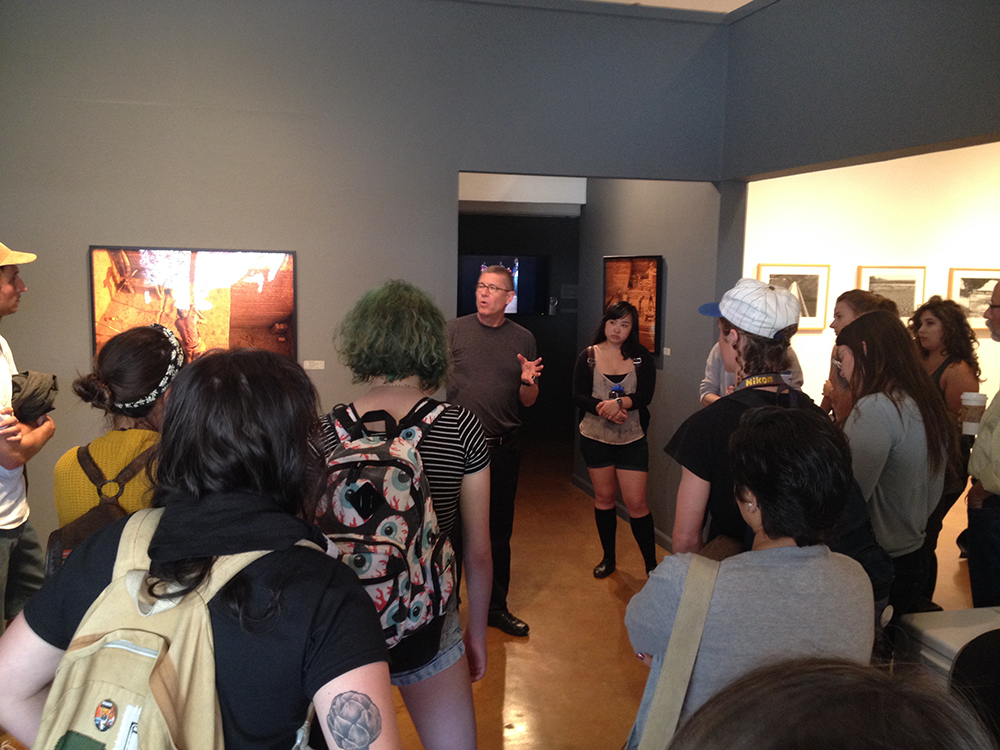
David Pace giving a talk on his work to students and alumni at the Sesnon Art Gallery at UCSC in 2014
Brian Taylor, Photographic Artist and Former Director of the Center of Photographic Arts:
I’ve had the joy of knowing David as a dear friend for over 30 years and always held him in a separate, treasured category from anyone I’ve ever met.
David was not only brilliant, he also maintained a rare and unique aura of peace, wisdom and understanding that I’ve never experienced in anyone else. I pictured David as an “open vessel,” ready to receive the opportunities and good fortune the world sprinkles upon us. And through his quiet intelligence, curiosity and hard-earned talents, David achieved wonderful success in his creative endeavors—from music to art— a Renaissance Man from the start.
I cherish the last conversation we had together over iced tea in his sunny backyard, when David, Diane and I discussed the notion of mortality; it was clear and calming that David was at peace with what was behind him and also with whatever lay ahead. I’ll spend the rest of my life with fond memories of David, inspiring me each day to be pure, kind, and honest, striving for a proximity to the state of mind he and Diane attained.
Rest assured dear Brother David, you live on, radiant in the hearts and memories of everyone who ever met you.
Posts on Lenscratch may not be reproduced without the permission of the Lenscratch staff and the photographer.
Recommended
-
2023 in the Rear View MirrorDecember 31st, 2023
-
The 2023 Lenscratch Staff Favorite ThingsDecember 30th, 2023
-
Inner Vision: Photography by Blind Artists: The Heart of Photography by Douglas McCullohDecember 17th, 2023
-
Black Women Photographers : Community At The CoreNovember 16th, 2023

